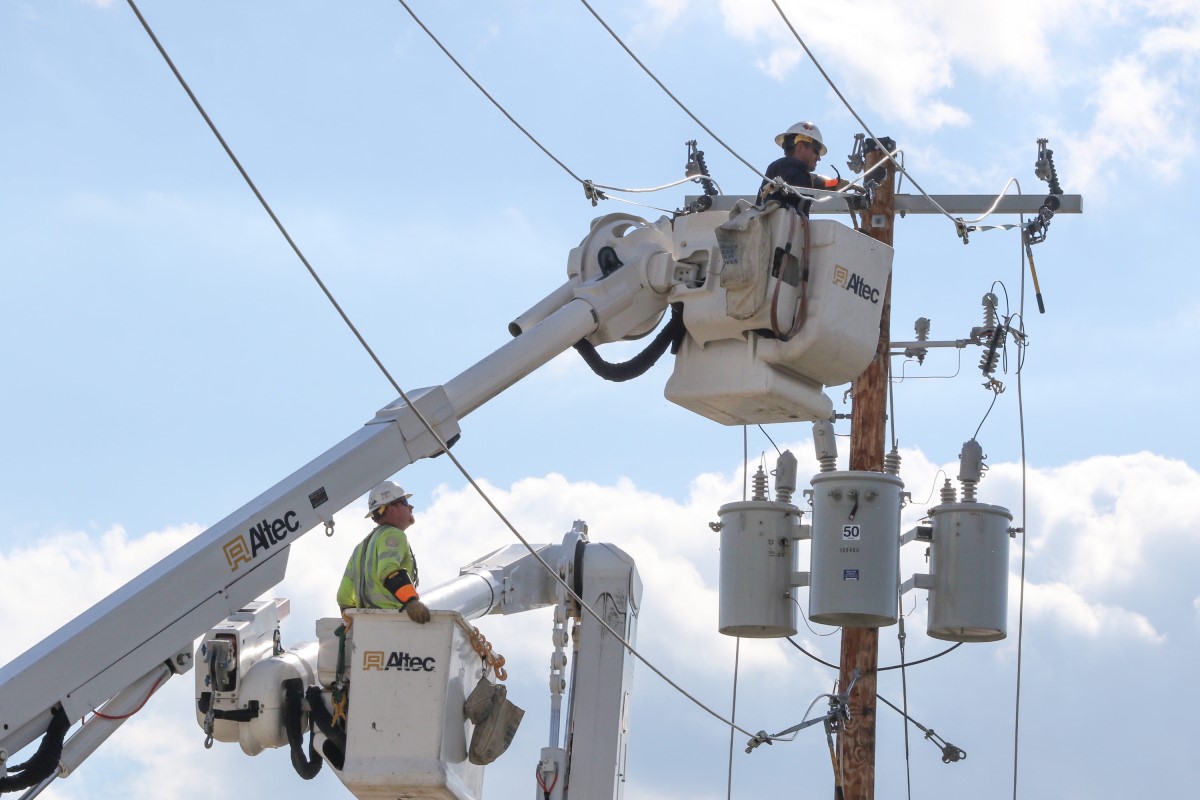When a major storm rolls through, it can leave customers without power, as can more isolated, unexpected situations like car crashes and animal accidents. But the moment a customer loses power is not when the effort to restore power begins; the effort starts long before.
Utilities take both proactive and reactive measures to ensure service reliability. One of the most significant efforts we’ve made to keep electrical equipment out of harm’s way is by undergrounding distribution lines. To date, we’ve placed more than 25% of our electric lines underground across our service area, thereby preventing a fair number of outages storms and other natural events might have caused.
Both summer and winter storms present challenges. Heavy snow and ice can wreak havoc on the system. During thunderstorms, wind and lightning are the biggest concerns. Wind can knock poles over or send tree limbs flying, taking down power lines. Lightning causes about 75% of the power outages across the US. It looks for the path of least resistance, and when it connects with electric equipment it can create a surge strong enough to cause an outage.
Proactive measures are critical, but not every outage is preventable. That’s why we have a group dedicated to coordinating efforts across Iowa and Wisconsin. Crews prepare in advance of storms to be able to get out and restore power as soon as it’s safe to do so.
How we ensure energy is available
Even through the worst storms, we continue generating the energy our customers expect to receive. Our coal and natural gas facilities continue to produce electricity through the worst weather.
We also have renewable projects like wind and solar that continue to generate energy when the sun shines or wind blows.
We also have a few battery energy storage systems that can kick in for periods of time. We expect to install approximately 450 more megawatts of battery storage by the end of 2025 to capture more solar and wind energy to release as needed. In most cases, our wind turbines consistently produce electricity from storm winds. Once a storm passes and the sun shines once again, our solar panels get back to generating zero-fuel-cost energy.
Through efforts to convert our overhead lines to underground lines, safely dispatch staff to restore power and diversify our energy grid, we make our services more reliable than ever.


